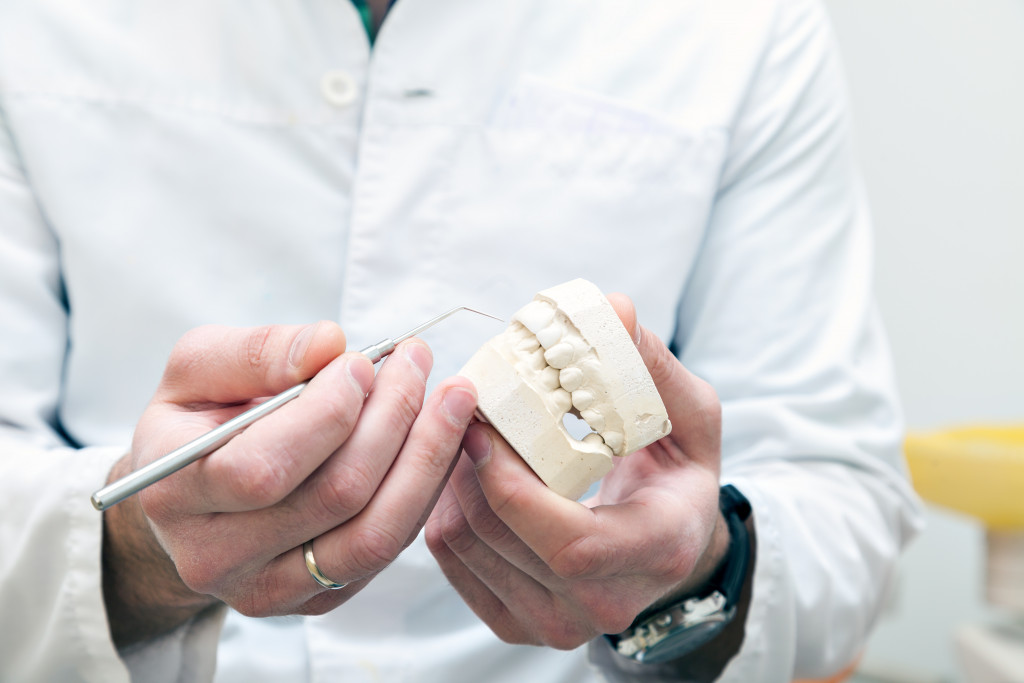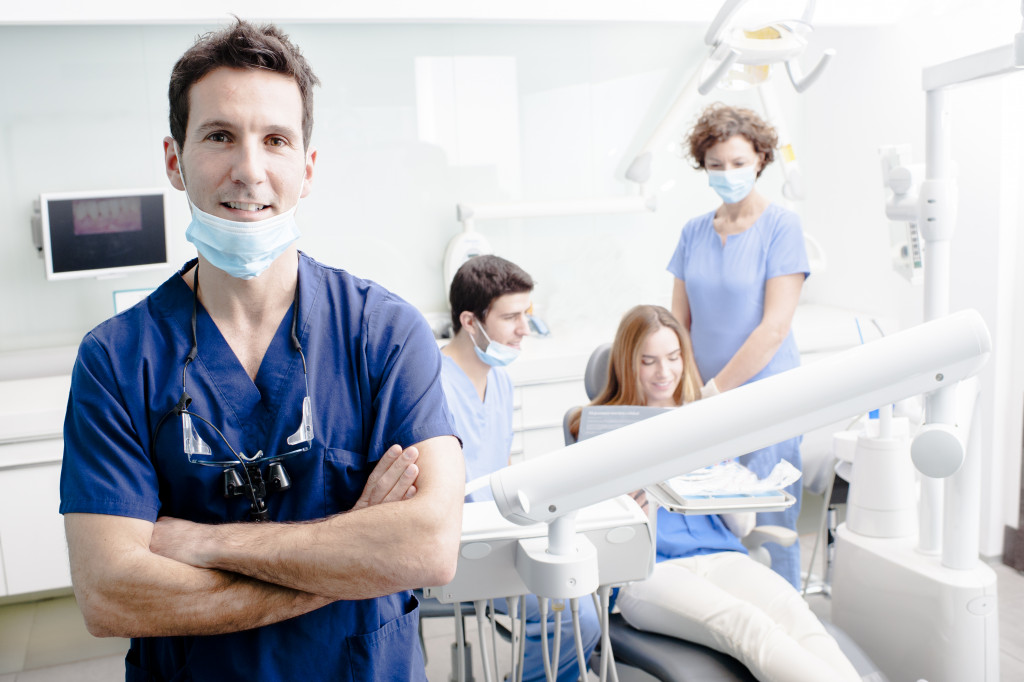Specialty tools and gadgets are now commonplace in dental offices, and they are helping to make dental procedures more precise and less invasive. These days, electronic and computer-assisted devices make it possible to do everything -from taking highly accurate impressions to scripting out precisely what you need to do during a procedure.
So, what are these tools and gadgets, and how do they help your dentist? You can take a look at some of the most common ones below:
Digital X-rays
Digital x-rays use advanced technology to produce highly detailed images of your teeth and mouth. It allows dental care providers to diagnose any issues you may be experiencing and plan more complex procedures with greater accuracy.
In the past, x-rays were done using traditional film and required longer exposure times, which often resulted in the development of more radiation. Today’s digital x-rays are safer for both you and your dental practitioner, as they emit less radiation and produce clearer images in a much shorter period.
Intraoral Cameras
An intraoral camera is a small, handheld device that hygienists use to take highly detailed images of your teeth and mouth. These cameras connect directly to a computer or tablet, making it easy for specialists to view the pictures and develop a customized treatment plan for you.
Unlike a dental mirror, which allows you to see only a tiny portion of the area getting examined, an intraoral camera lets dental providers view your entire mouth in detail — helping them diagnose any issues faster and more efficiently.
It’s a much better way to get a clear view of your teeth and mouth, allowing them to detect and treat any problems.
Dental Lasers
Laser technology has been widely available in dental care for many years, but recent advances have made it even more versatile and practical. These devices use highly focused beams of light to precisely target specific areas in your mouth, helping to reduce discomfort, bleeding, and the overall impact on surrounding tissues.
Many dental hygienists are using dental lasers for various other tasks, such as removing tissue from teeth during root canals or recontouring gums to improve the overall appearance of your smile. It’s a versatile tool, making it a valuable addition to any dental office.

3D Printing
3D printing technology is revolutionizing how dental implants and other prosthetic devices get made. This cutting-edge technology allows for creating highly customized appliances that fit perfectly into your mouth — something that wasn’t possible before.
As a result, products like dental bridges, crowns, and even entire dentures can now get produced faster and more accurately. Thus, improving your overall experience and reducing the risk of any complications or issues.
However, it’s important to note that 3D printing is still a relatively new technology, so some limitations and risks may still surface. Nonetheless, it’s an exciting development that can change how dental care gets provided in the future.
Virtual Reality
Virtual reality technology is also becoming more widely available in dental practices, and it’s helping to improve the overall patient experience. For example, many clinics now use virtual reality headsets and software to help patients relax during complex procedures and reduce their fear of going to the dentist.
This technology also helps train dental students and hygienists to perform complex procedures, allowing ample practice with much less risk. It’s a cost-effective way to improve the overall quality of care while also providing a better experience for patients.
Robotic Dentistry
Robotic dentistry is a relatively new technology that has become more widely used in dental practices. These systems consist of a small robotic arm that assists the dental professional during various procedures, such as teeth cleanings, root canals, and even some surgeries.
The advantages of using robotics in dentistry are many — they help improve accuracy, reduce discomfort, and speed up the overall process. In addition, they also allow dental practitioners to perform more complex procedures than ever before.
Although this technology is still in its initial stages, it’s quickly becoming more commonplace in dental clinics.
Dental technology is constantly evolving, and new tools and equipment are becoming available. These advances help improve the quality of care and make it easier than ever to get the treatment you need. Whether through digitally enhanced x-rays, small cameras for the perfect view of your mouth, lasers for quicker and more comfortable procedures, or 3D printing for faster and more accurate dental appliances, the future of dentistry looks bright. And with virtual reality and robotic dentistry on the rise, it’s only getting better. So if you’re looking for the latest and greatest in dental care, be sure to ask your dental care provider about what new technologies they’re using. You may be surprised at just how far dentistry has come.

